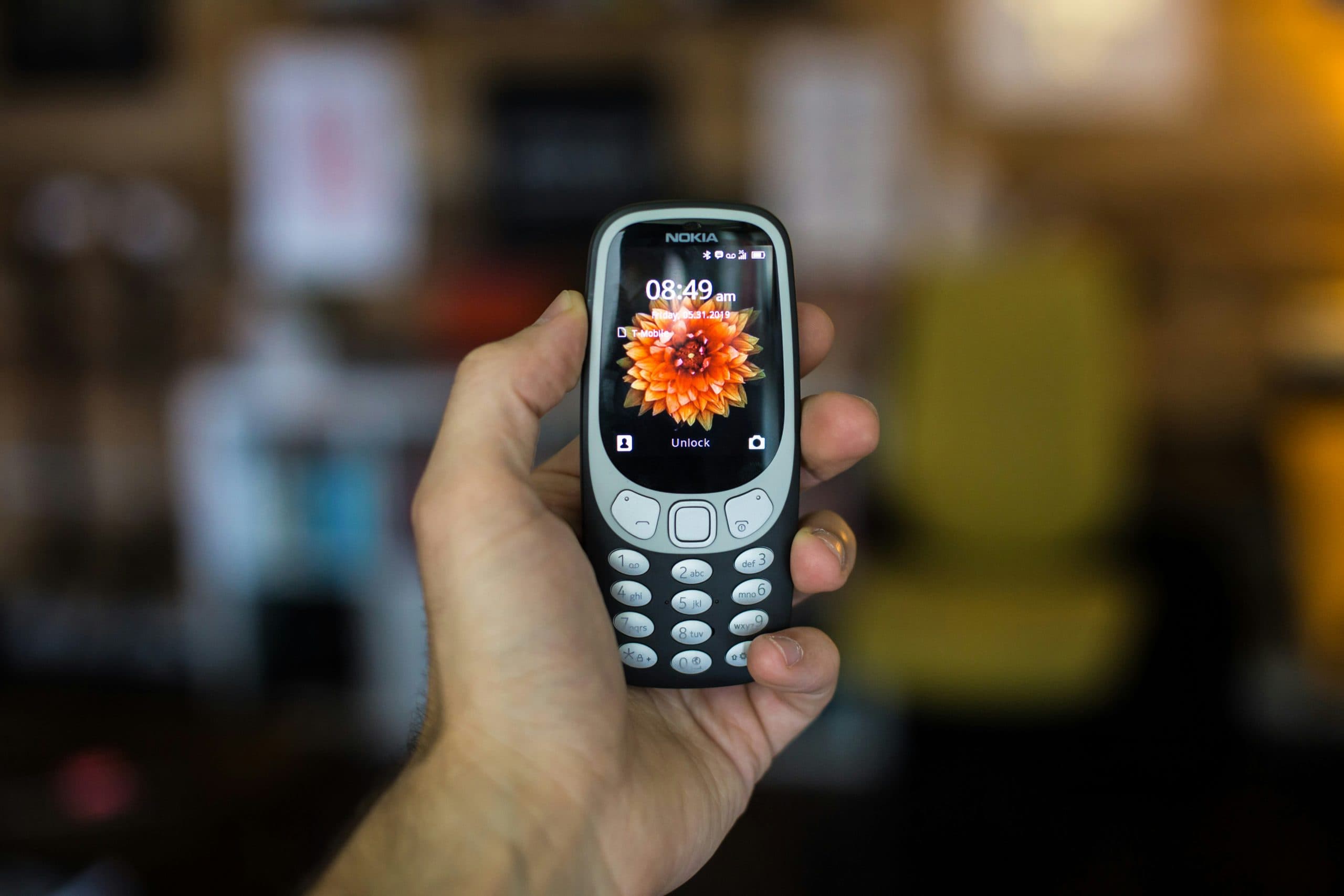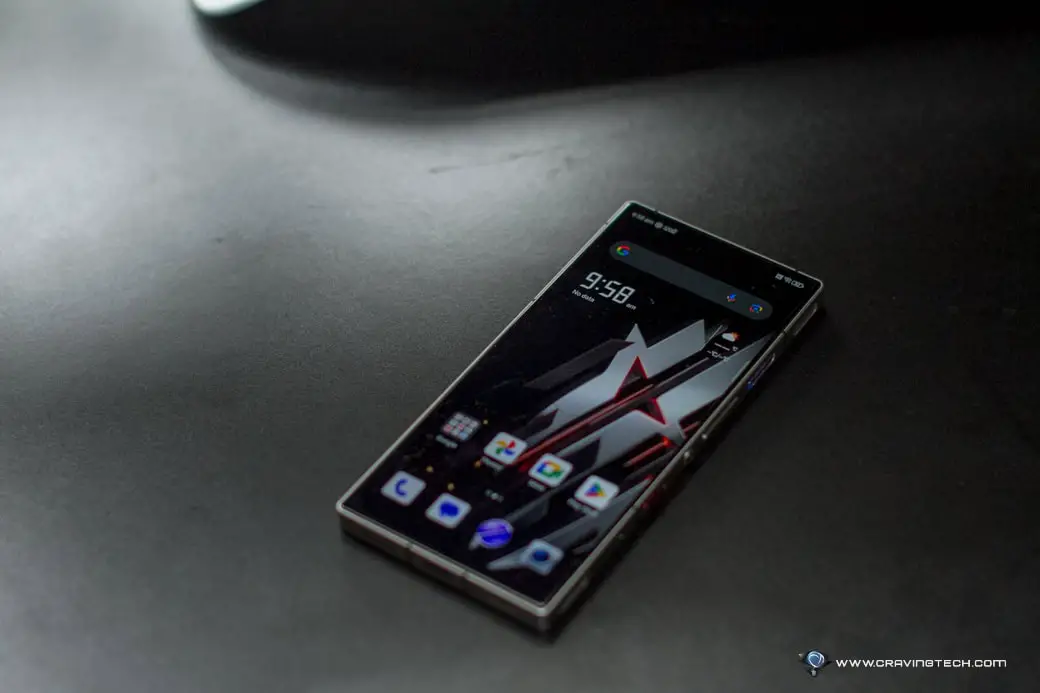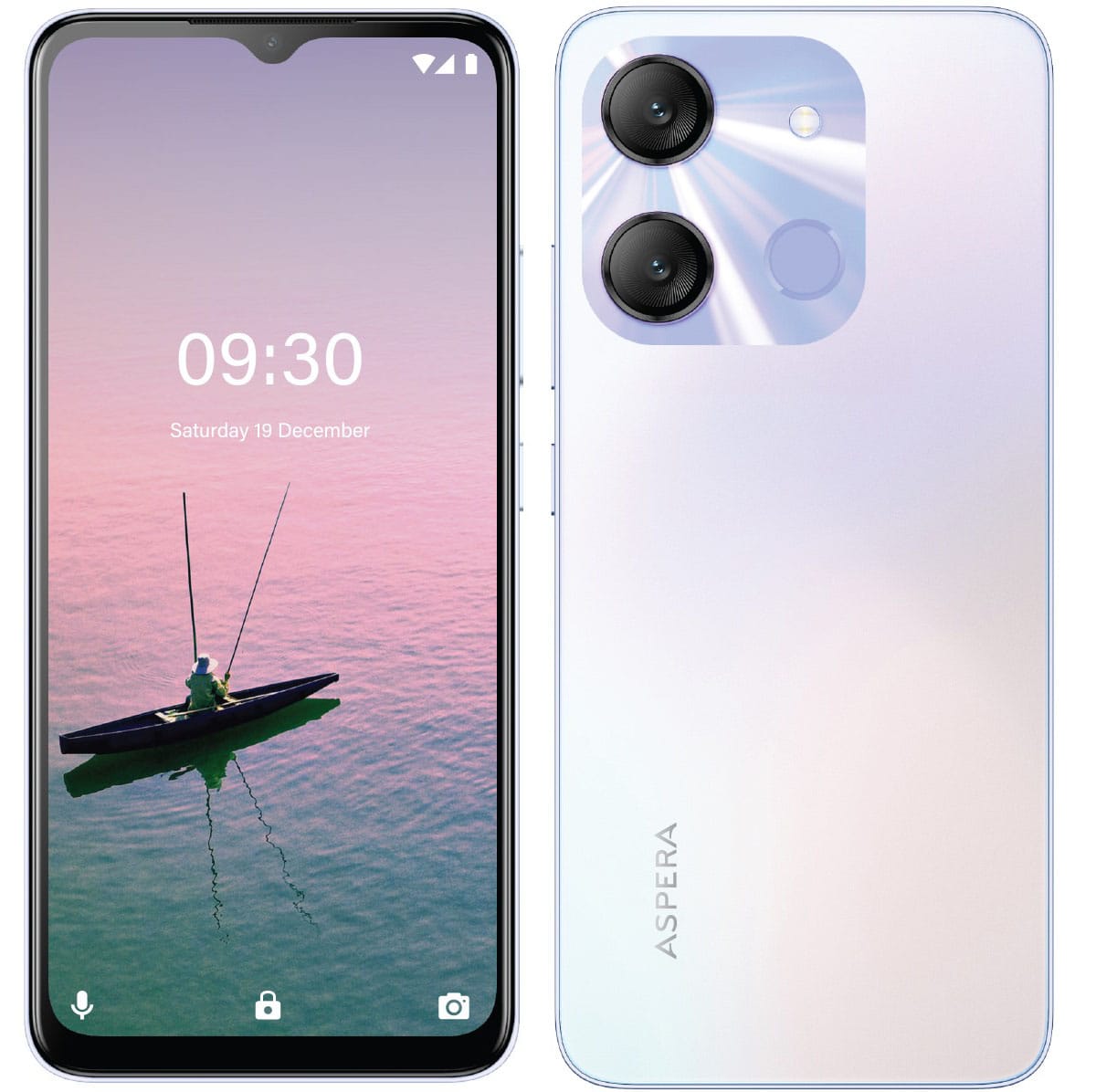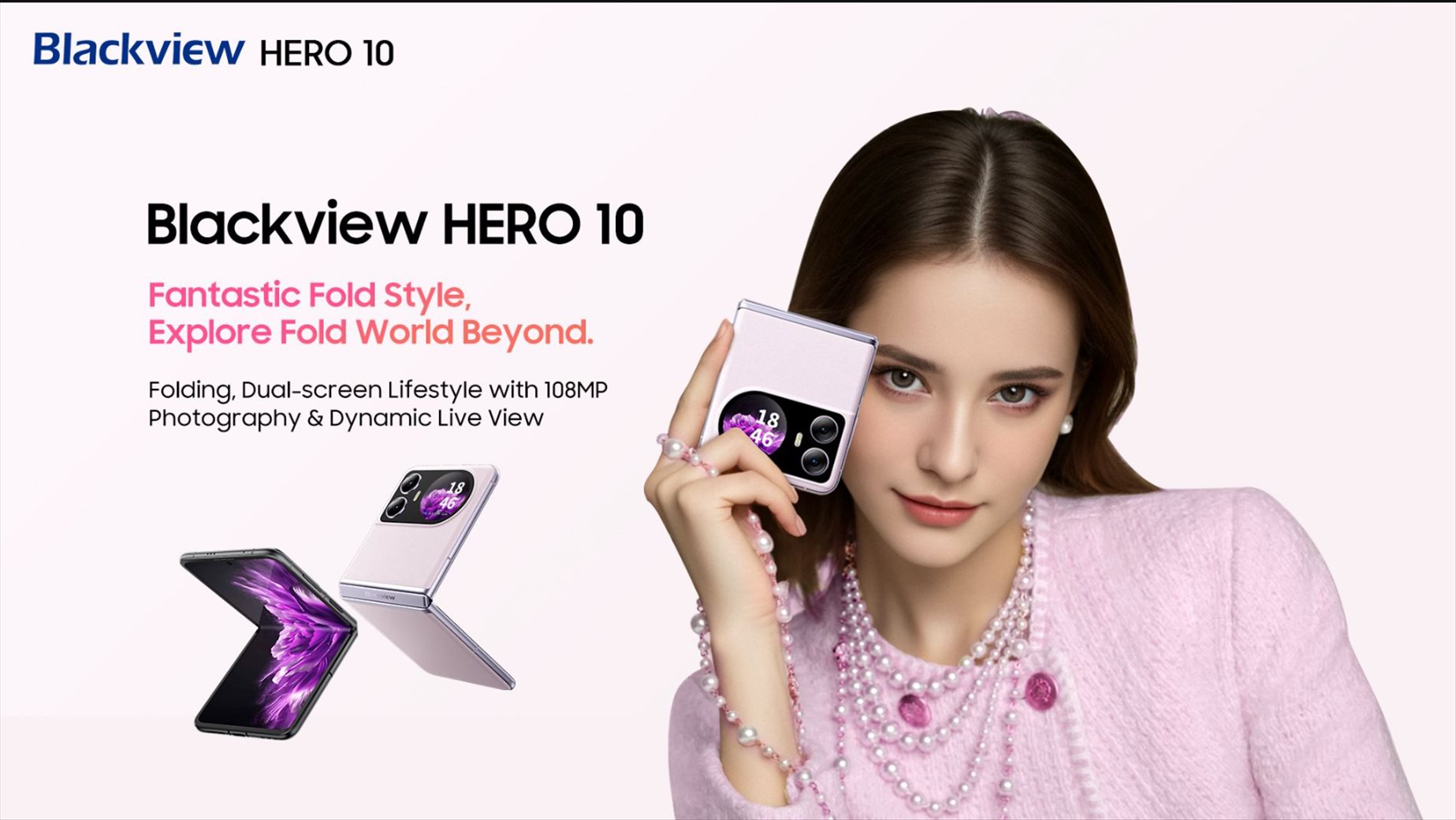Note: This is a guest post written by Jeeva Shanmugam. You can reach him on Instagram, X, or email –Once an unchallenged mobile communication giant, Nokia has experienced victories, errors, and potential redemption under new leadership. This article dives into the fascinating story of Nokia phones, from their solid roots to the issues that led to a change in brand licensee and the optimistic resurgence under HMD Global. Check out the details.

The Rise and Fall of Nokia
The origins of Nokia phones may be traced back to Finland, where the firm began manufacturing paper and rubber products before expanding into telecoms in the 1980s. Nokia’s rise was quick and enormous, with their distinctive “brick phones” representing a generation’s reliance on cellular connectivity. In the early 2000s, Nokia achieved a 51% market share by seamlessly transitioning to feature phones in 2007.
Missed Opportunities and Stiff Competition
The introduction of smartphones, however, was a watershed moment in Nokia’s supremacy. Nokia was slow to react to the touch-screen revolution, sticking with the Symbian operating system while competitors such as Apple and Samsung adopted iOS and Android.
Strategic oversight allowed competitors to capture the high-end market. Internal conflicts and a lack of a clear vision stifled innovation, prompting experimentation with other operating systems such as MeeGo and Windows Phone. The latter proved especially harmful, alienating customers used to the Android and iOS platforms.
The Sale and Transformation: Microsoft’s Acquisition and HMD Global’s Arrival
By 2013, Nokia’s mobile sector was facing issues. Microsoft acquired it unexpectedly, to combine software expertise with Nokia’s hardware experience. Unfortunately, this collaboration failed to reinvigorate the brand, prompting Nokia to instead work with HMD Global in the licensing of its brand.
Who is HMD? From the official statements:
“We’re Human Mobile Devices, but you can call us HMD. Our new multi-brand strategy will include a HMD original range, Nokia phones, and exciting new partnerships. This year, you will start to see a new HMD – we’re putting you first and having fun with it. We have lots of news and announcements to come in 2024, so watch this space!
We are updating our channels from ‘Nokia Mobile’ to ‘HMD’. This change is more than just a new name – we’re introducing a fresh new multi-brand strategy and having lots of fun with it. This means you’ll see a range of ‘HMD Originals’, alongside Nokia phones and exciting products from new partnerships“
HMD Global recognized the importance of software and adopted Android, signaling a big shift. The comeback began with the relaunch of vintage Nokia feature phones, which drew on nostalgia and affordability. This effort was successful, reestablishing the brand’s reputation as a dependable provider of basic phones.
HMD entered the smartphone market with low-cost Android handsets that had clean UI and were updated on schedule. This strategy resonated, particularly in emerging regions, but it did not restore Nokia’s prior dominance. HMD Global carved itself a niche in the competitive smartphone market.
Human Mobile Device: Worth the Investment?
In 2023, HMD Global introduced the Human Mobile Device (HMD) concept, a modular smartphone with swappable components designed to prevent e-waste. While creative, issues surfaced around cost, complexity, app compatibility, and market preparedness. This futuristic vision’s success is questionable, as it depends on consumer acceptance and market forces.
HMD Global’s strategic initiatives have solidified Nokia’s position in the mobile market, effectively catering to specific niches. The dedication to Android has been instrumental, but long-term viability is dependent on critical aspects.
Innovation remains critical. It is critical to continue to deliver new features while also adapting to evolving customer needs. Navigating the ever-competitive smartphone landscape, particularly against established titans, necessitates strategic distinction.
Nokia’s position will depend on its ability to remain agile and respond to industry shifts and consumer preferences. While the HMD concept is intriguing, its success remains dubious. Time will tell whether consumers accept this modular approach or if it remains a footnote in Nokia’s illustrious history.
Nokia’s Current Position in the Mobile Industry
It is critical to understand that Nokia did not completely quit the mobile business. Although they exited the consumer handset business in 2014 with the Microsoft acquisition, their impact continues in a variety of ways.
Nokia exited the design and manufacturing of consumer-facing mobile phones, including the famous feature phones and early smartphones, which were sold to Microsoft in 2013.
What Nokia Still Does on Mobile
- Technology Infrastructure: Nokia continues to be a global leader in the development and sale of network equipment, which powers cellular networks for key operators across the world. This encompasses base stations, routers, and other vital infrastructure components.
- Technology licensing: Nokia owns a large portfolio of patents relevant to mobile technology and generates revenue through licensing agreements with other firms.
- Research and Development: Nokia actively invests in research & development in a variety of sectors, including 5G, 6G, and other emerging mobile technologies.
So, Nokia no longer manufactures phones under its brand, but it continues to have a huge impact on the mobile environment through network infrastructure and technology licensing. Their retirement from the consumer handset industry was mostly owing to missing chances during the smartphone revolution, as well as internal issues.
Wrapping It All
The story of Nokia phones is one of triumph, setbacks, and potential salvation. HMD Global has revitalized the brand, emphasizing affordability and dependability. However, being competitive in the ever-changing mobile world necessitates ongoing innovation and strategic forethought. Whether Nokia phones recapture their old grandeur or carve out a new niche, their story remains an important case study in the ever-changing world of technology.





